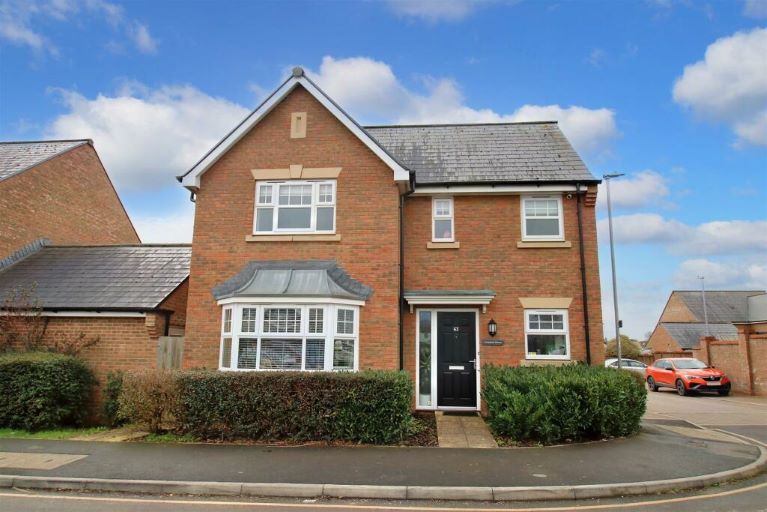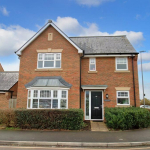Help to Buy ends: what else is available?
Are you looking to buy your first home? Applications now closed for the Help to Buy loan scheme in England, what other help is out there right now?
We’ve taken a look at some of the other government schemes and legislation changes that aim to either help you to get on the ladder, or to buy your next home.
What’s happening with Help to Buy?
The Help to Buy Equity Loan, set up to help first-time buyers purchase a home in England, has now closed to new applications. And all homes being purchased via the scheme will need to have completed by the end of March next year.
Wales has its own Help to Buy scheme, which offers shared-equity loans of up to 20% to buyers of new-build homes. You can still apply for this scheme between now and the end of March, 2023. The Help to Buy Scotland scheme has already closed.
And what about Help to Buy ISAs?
The deadline to open a new Help to Buy ISA has already passed. However, anyone with an account already open can add up to £200 per month until the end of November 2029. You can still claim the government bonus – currently 25% on savings up to £12,000 – which is payable on completion of a first home purchase until 1 December 2030.
If you don’t already have a Help to Buy ISA, then a Lifetime ISA could be used as an alternative. To open one, you need to be over 18, but under 40. You can save up to £4,000 each year until you’re 50, and the government will top-up the saved amount with a 25% bonus (a maximum of £1,000 per year as a bonus). Like the Help to Buy ISA, you’re able to withdraw the funds to purchase your first home.
Stamp duty relief for first-time buyers
In September, the government announced a permanent change to the amount of stamp duty tax that’s paid on homes purchased in England and Northern Ireland. The threshold at which home-buyers start to pay stamp duty was raised from £125,000 to £250,000. If you’re a first-time buyer, there are further savings offered. You won’t pay any stamp duty on a home priced up to £425,000. For a home priced above this, you’ll pay 5% on the amount you spend between £425,001 and £625,000.
In Wales, home-buyers pay Land Transaction Tax. In October, the Welsh government raised the threshold at which first-time buyers will pay it, from £180,000, to £225,000.
In Scotland, homes priced up to £145,000 are exempt from Land and Buildings Transaction Tax (LBTT). However, you can apply for first-time buyer relief, which means you won’t pay LBTT on a home costing less than £175,000, saving up to £600.
Read more about the recent changes to stamp duty and equivalent taxes
Deposit Unlock
Deposit Unlock is similar to the Help to Buy Equity Loan scheme, in that it aims to help home-buyers to purchase a new-build home with a smaller deposit of 5%. However, unlike the Help to Buy scheme, Deposit Unlock is available to all home-buyers, not just first-timers.
There are also some other differences between the two schemes. The Help to Buy loan was interest free for the first five years, but with Deposit Unlock, you’ll start paying interest right away.
Shared ownership
Shared ownership allows buyers to purchase a share in a property, and pay rent on the remaining part. You can purchase a percentage of the home that’s in line with the mortgage you feel you can afford at that time. It’s then an option to buy a bigger share of the property later if you choose to.
There are multiple shared-ownership schemes you can make use of if you meet certain criteria. You can read more about them here.
Low-cost Initiative for First Time Buyers (LIFT), Scotland
The LIFT scheme is a shared-equity scheme, where home-buyers pay for a percentage of a home’s cost (between 60% and 90%), and the Scottish government hold the remaining share. It’s designed for those who can’t afford the full price of a home for sale, and applicants will be assessed to see whether they qualify for the scheme.
There are two types of LIFT scheme: New Supply Shared Equity (NSSE), which helps buyers purchase new-build homes from a council or housing association, and Open Market Shared Equity (OSSE), where buyers can purchase homes within set price thresholds on the open market. The price thresholds vary depending on whereabouts in Scotland you’re buying your home.
Read more about the Scottish LIFT scheme
The header image for this article was provided courtesy of Town & Country Estates, Trowbridge.





